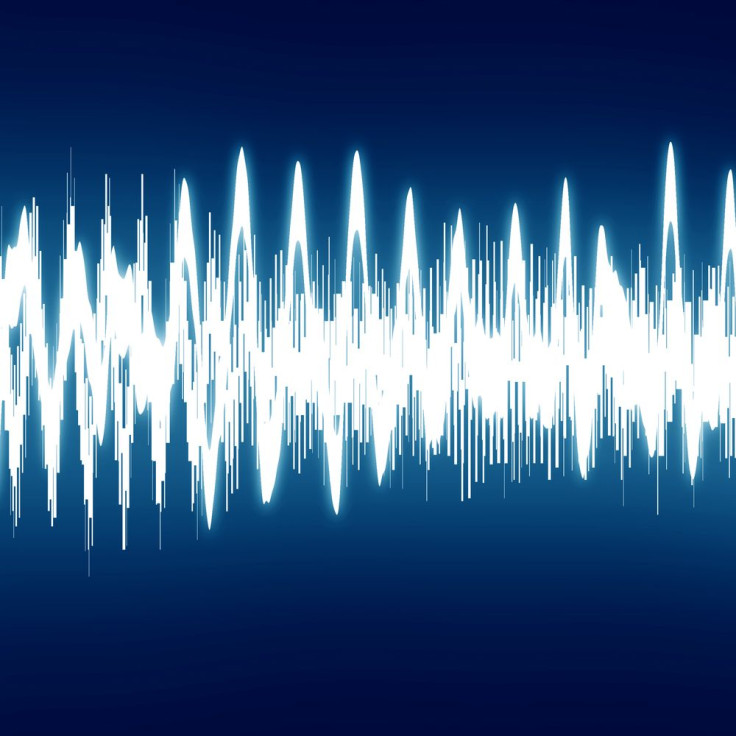Echolocation Gives Blind People Vision-Like Qualities: Could Be 'Complete Sensory Replacement' For Sight

Bats, among other mammal species, use echolocation to navigate their visual impairment. Somewhat of a sixth sense, echolocation is a process in which bats can use sound waves to determine the location and size of surrounding objects. Some blind people employ echolocation by snapping their fingers or clicking their tongue to bounce sound waves off objects. And a new study published in the journal Psychological Science found both processes are equally effective.
Researchers from the Brain and Mind Institute at Western University in Canada recruited participants, blind and not, to participate in a size-weight illusion. Medical News Today reported that this illusion, also known as the Charpentier illusion, causes people to perceive one of two small objects as heavier, despite both objects having the same mass. The small objects in the present study were cubes.
But first, researchers divided participants into three groups: the first group involved blind people working with echolocation; the second group involved blind people not working with echolocation; and the third group excluded any blind participants. Once divided, researchers asked participants to judge the weight of the three cubes by lifting them from a string attached to the top of the cube.
"The blind group who did not echolocate experienced no illusion, correctly judging the boxes as weighing the same amount as one another because they had no indication of how big each box was," said psychological scientists Gavin Buckingham of Heriot-Watt University, who was the lead study author, in a press release. "The sighted group, where each member was able to see how big each box was, overwhelmingly succumbed to the 'size-weight illusion' and experienced the smaller box as feeling a lot heavier than the largest one."
Buckingham added that blind participants who echolocated also experienced the illusion after snapping their fingers or clicking their tongue before lifting a cube. Ironically, co-author Melvyn Goodale, director of the Brain and Mind Institute, said this actually proves echolocation can be a useful tool for blind people. It nevertheless shows echolocation influences a blind person’s sense of how heavy something feels.
These findings are consistent with prior research from the Brain and Mind Institute, where researchers found blind echolocating participants could successfully use “‘visual’ areas of their brains when processing echoes that they had made.” Goodale concluded: "This new study shows that echolocation is not just a functional tool to help visually impaired individuals navigate their environment, but actually has the potential to be a complete sensory replacement for vision.”
Source: Buckingham G, Milne JL, Byrne CM, Goodale MA. The Size-Weight Illusion Induced Through Human Echolocation. Psychological Science. 2014.
Published by Medicaldaily.com



























